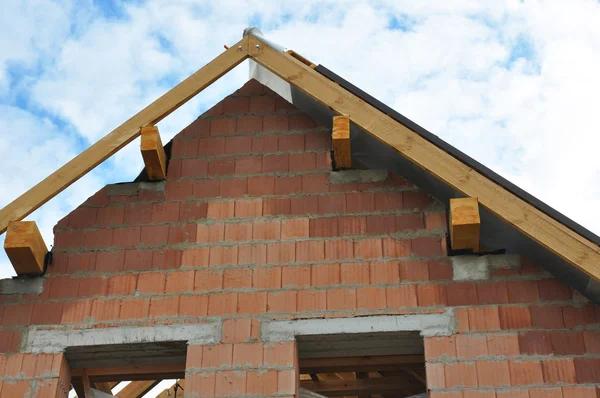When a basement goes underwater, it can be a nightmare for homeowners. The damage caused by water can be extensive and costly to repair. However, with the right response strategy, you can mitigate the damage and restore your home to its original state.
The first step in dealing with a flooded basement is ensuring safety. Before entering the basement, make sure that there are no electrical hazards present. If you suspect that there might be an electrical hazard, call an electrician immediately or disconnect the power from a safe distance. Also, wear protective clothing such as rubber boots and gloves when cleaning up.
Next comes identifying where the water is coming from so as to stop further entry of water into your basement. This could be due to heavy rain seepage through cracks in your foundation or walls or even faulty plumbing systems within your house. Once identified, take immediate action like sealing any visible cracks or calling a professional plumber if necessary.
Once you have stopped find more information water from entering the basement, it’s time for removal of standing water which is crucial in preventing further damage and mold growth which could pose serious health risks if not addressed promptly. A sump pump or wet vacuum can do this job effectively depending on how much water has accumulated.
After removing all standing water, drying out your basement completely is vital to prevent mold and mildew growth as they thrive in damp conditions. Use fans and dehumidifiers to speed up this process but keep monitoring for any signs of mold development over several weeks after flooding since some molds aren’t visible on surfaces until they’re fully grown.
Cleaning up after floodwater recedes involves disinfecting all surfaces affected by floodwater which may contain bacteria or other harmful substances carried by storm waters especially sewage backups into basements during floods; hence using commercial cleaners designed specifically for post-flood cleanup would ensure thorough disinfection without causing additional harm like bleaching wooden furniture etc., while also being safe around children and pets unlike bleach or other harsh chemicals.
Lastly, it’s important to take measures to prevent future flooding. This could involve installing a sump pump if you don’t already have one, waterproofing your basement walls and floor, or even regrading your yard to direct rainwater away from the house.
Remember that while dealing with a flooded basement can be stressful and time-consuming, acting quickly and effectively can minimize damage and save you both time and money in the long run. It’s always recommended to consult with professionals for large-scale cleanups as they have experience handling such situations safely without causing further damage or health risks due to improper cleanup procedures.




